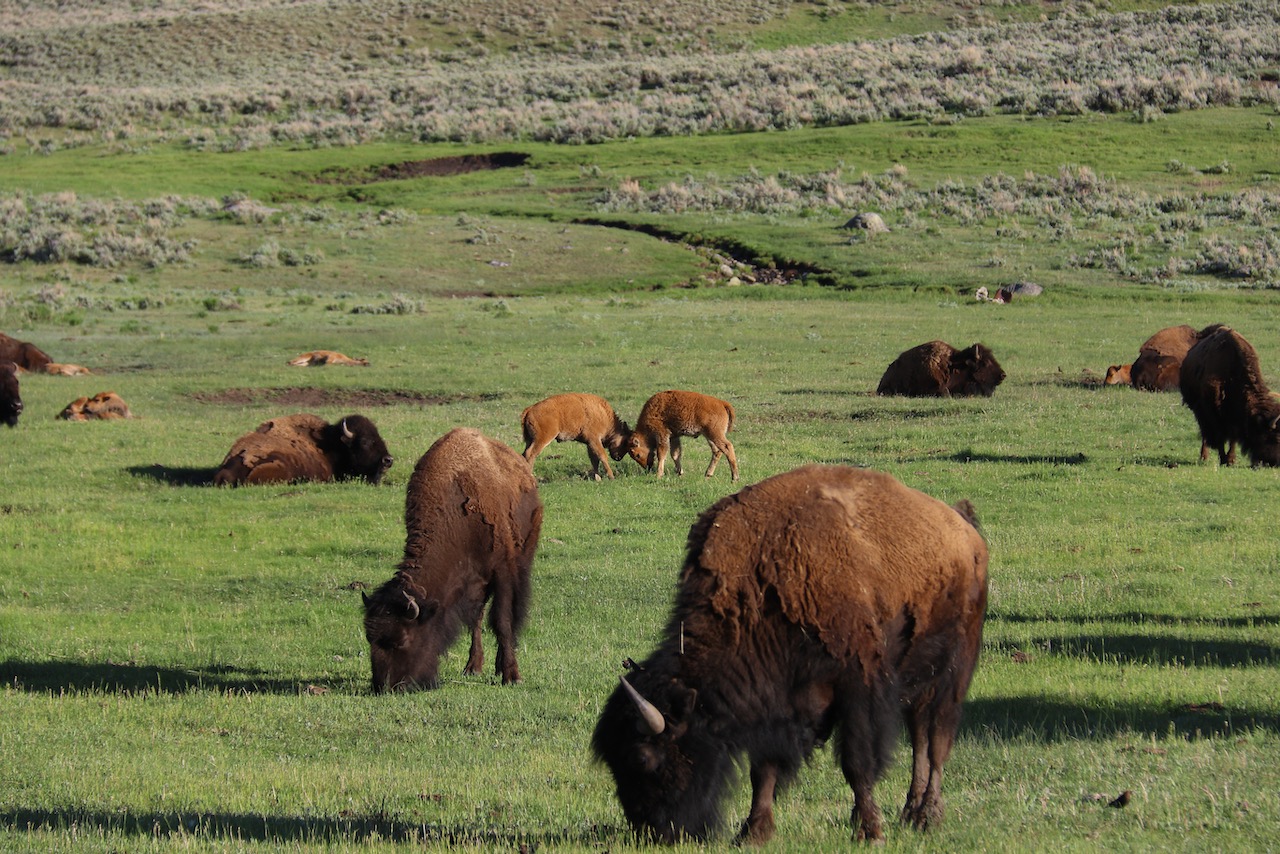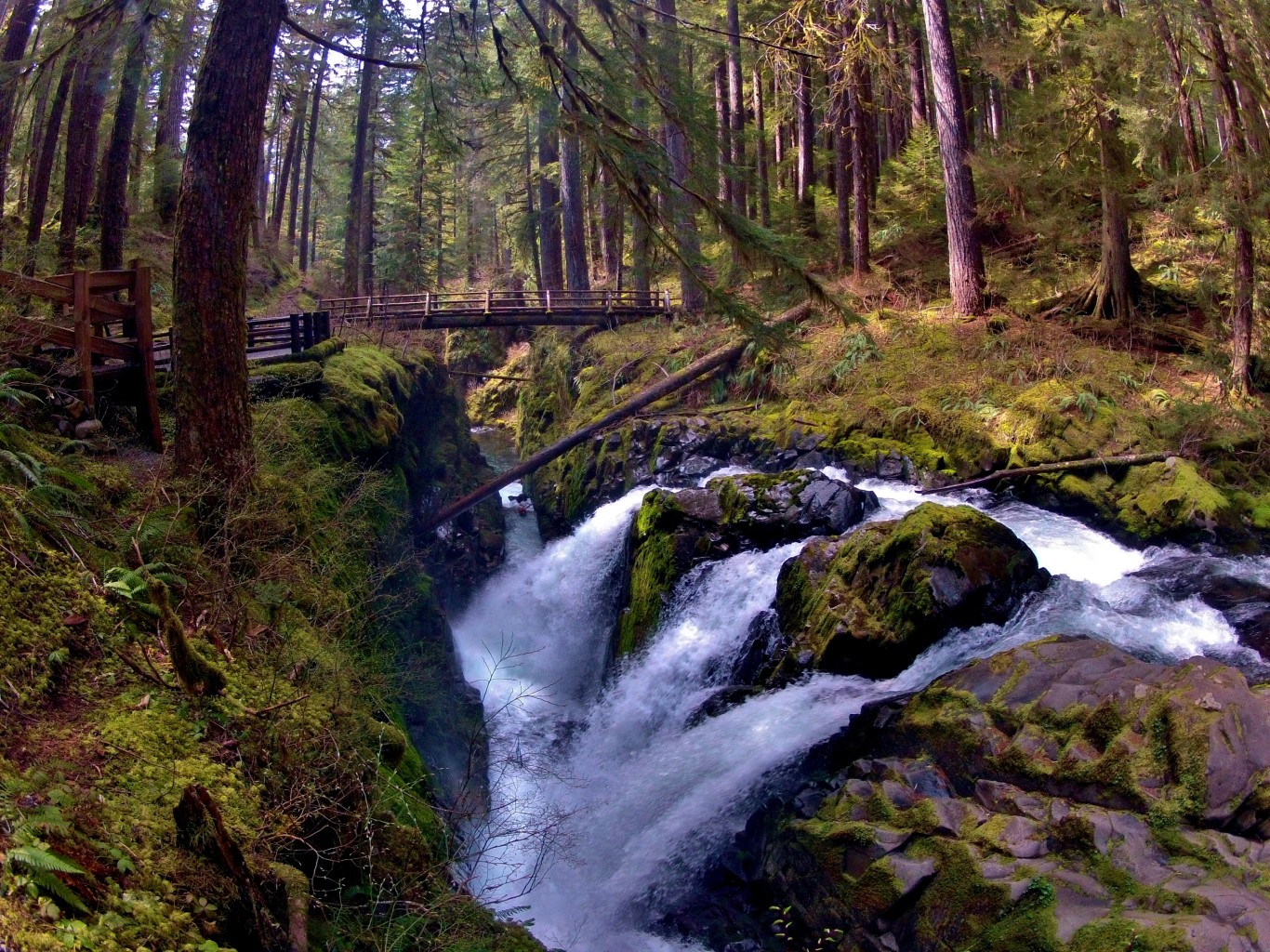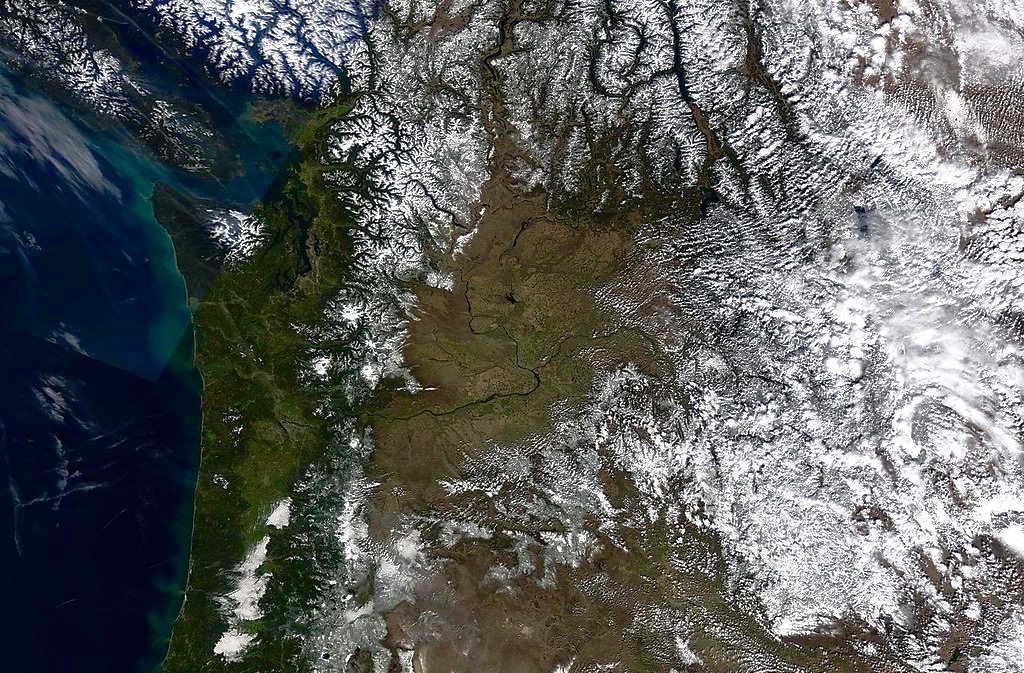Yellowstone National Park’s bison are unique and incredible, surviving a near extinction and rebounding back to a healthy population within the borders of America’s first National Park. Now, the National Park Service is asking for your thoughts on the best way to continue to support these incredible ungulates. In the past, once the herd became too big, bison would be gathered when they left the park boundaries and culled. Now, with support from indigenous populations around North America, there is a resounding push to increase the range and habits of the national mammal of America. The best part is that you, yes you, can have a say in their future. You only have a few more weeks to act, though, as the deadline for comments is Feb. 28th, 2022!
Learn more here: https://parkplanning.nps.
Earlier this week, Yellowstone announced that it intends to prepare an Environmental Impact Statement (EIS) for a Bison Management Plan at Yellowstone National Park. Introducing a broad range of actions to manage bison inside the park, the park put forth three plans regarding bison, with varying population ranges and management activities, for the public to consider. Be aware that “at the conclusion of the 30-day public comment period, the NPS will analyze and consider all comments received and refine the issues, alternatives and impacts analyzed through the development of the Draft EIS. When complete, the Draft EIS will be released for a 45-day public review and comment period, expected in fall 2022.”
The Yellowstone National Park Press Release
The actions to choose from are:
Alternative 1 (No Action, Continue Current Management)
The NPS would continue management of bison pursuant to the Interagency Bison Management Plan (IBMP), maintain a population range of bison similar to the last two decades (3,500 to 5,000 bison after calving), continue hunt-trap coordination to balance population regulation in the park by using culling at Stephens Creek and hunting opportunities outside the park, increase the number of brucellosis-free bison relocated to tribal lands via the Bison Conservation Transfer Program (BCTP), and work with the State of Montana to manage the already low risk of brucellosis spreading from bison to cattle.
Alternative 2 (Enhance Restoration and Tribal Engagement)
Bison would be managed within a population range of about 4,500 to 6,000 animals after calving with an emphasis on using the BCTP and tribal hunting outside the park to regulate numbers. The NPS may use proactive measures such as low stress hazing of bison toward the park boundary to increase tribal hunting opportunities outside the park. The NPS would reduce shipment to slaughter based on the needs and requests of Tribal Nations.
Alternative 3 (Food-limited Carrying Capacity)
The NPS would rely on natural selection, bison dispersal, and public and tribal harvests in Montana as the primary tools to regulate numbers, which would likely range from 5,500 to 8,000 or more animals after calving. Trapping for shipments to slaughter would immediately cease. The NPS would continue captures to maintain the BCTP as in Alternatives 1 and 2.
HOW TO COMMENT
A 30-day public comment period also began Friday, Jan. 28. Interested individuals, organizations and agencies are encouraged to provide written comments regarding alternatives, information and analyses to be addressed in the Draft EIS.
The preferred method for submitting comments during the comment period is online at https://parkplanning.nps.
Comments may also be mailed or hand-delivered to the following address: Superintendent, Attn: Bison Management Plan, PO Box 168, Yellowstone National Park, WY 82190.
The deadline to submit comments is Monday, Feb. 28.
WANT TO ATTEND A VIRTUAL MEETING?
In addition, Yellowstone National Park will host two virtual public meetings during the public comment period. Attend these meetings to learn more about the plan and planning process and ask NPS staff questions. Public meeting details include:
Webinar 1:
- Feb. 9, 2022, 5:30–7 p.m. MST
- Link: https://attendee.gotowebinar.com/register/2460364395865970700
- Webinar ID: 856-248-035
- Audio: +1 (415) 655-0052 Access Code: 902-543-158
Webinar 2:
- Feb. 10, 2022, 12–1:30 p.m. MST
- Link: https://attendee.gotowebinar.com/register/3873438048186311436
- Webinar ID: 889-739-083
- Audio: +1 (415) 930-5321 Access Code: 456-608-998



